Sign up to get the Sloww Sunday newsletter via email for free:👇
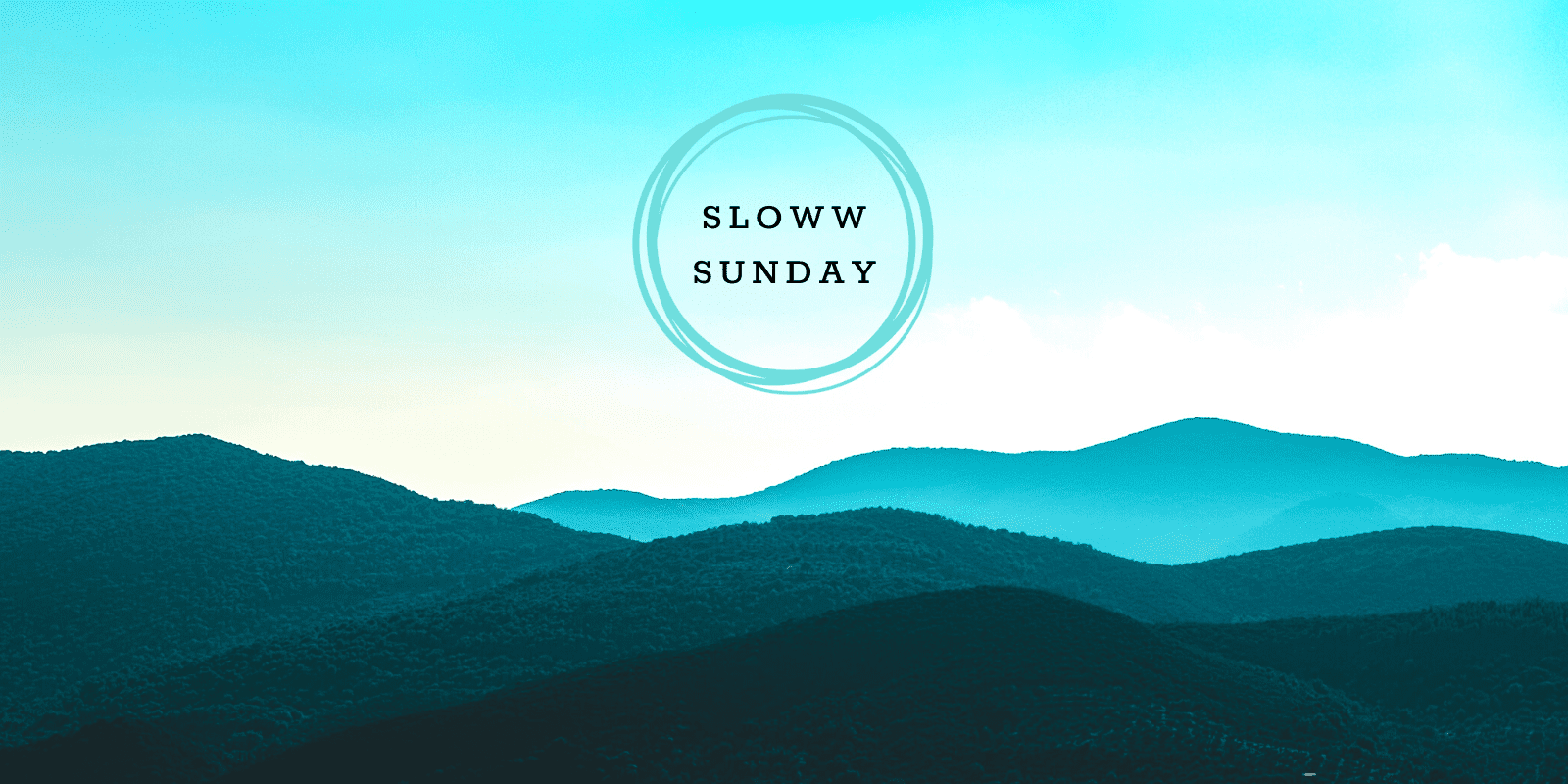
Sloww Sunday Newsletter 194 (Jul 7, 2024) — Wholeness, Gladness, Narrativity, & More
Sloww exists to share the art of living with students of life. The Sloww Sunday newsletter delivers my latest and greatest creations and curations to 10,000+ lifelong learners every week. If you enjoy this issue, please help grow Sloww by sharing this newsletter with others.
📚 Lifelong Learning & Deeper Development
New summary of Ken Wilber’s new book
Sometimes Sloww is fast! Ken Wilber’s new book Finding Radical Wholeness was just published a few weeks ago, and my book summary is already live. It covers the five types of wholeness: Waking Up (states), Growing Up (stages), Cleaning Up (shadow), Showing Up (quadrants), Opening Up (lines).
- “If you put all of these types of Wholeness together, you will have what could be called a wildly inclusive ‘Big Wholeness’ … There is, today, no system of growth anywhere in the world that includes all 5 of these types of Wholeness … Genuine Wholeness—Big Wholeness—makes room for everything in your life, much of which right now might not be included.” — Ken Wilber
More Wilber:
🔒 Sloww Premium Deep Dive:
Explore more: 50+ posts on Lifelong Learning & Deeper Development (Sloww Stage Support)
🌎 Lighter Living
What if your life is not a story?
This idea builds on Sloww Sunday #192 which covered the idea that the hero’s journey myth is quite literally a myth. Philosopher Galen Strawson, in his book Things That Bother Me (Book Summary), talks about his views on the “psychological narrativity thesis”:
- “‘Self is a perpetually rewritten story,’ according to the psychologist Jerome Bruner; we are all constantly engaged in ‘self-making narrative’ and ‘in the end we become the autobiographical narratives by which we ‘tell about’ our lives.’ Oliver Sacks agrees: each of us ‘constructs and lives a ‘narrative’. . . this narrative is us, our identities’ … Human beings typically experience their lives as a narrative or story of some sort, or at least as a collection of stories … To be narrative is ‘to be naturally disposed to experience or conceive of one’s life, one’s existence in time, oneself, in a narrative way, as having the form of a story, or perhaps a collection of stories, and—in some manner—to live in and through this conception.’“
- “I’ll call this the Psychological Narrativity Thesis. It’s a claim about the way ordinary human beings actually experience their lives. This is how we are, it says, as a matter of empirical fact; this is our nature. It’s often coupled with a normative or evaluative or ethical claim, which I’ll call the Ethical Narrativity Thesis, according to which a richly narrative outlook on one’s life is a good thing, essential to living well, to true or full ‘personhood’ … One may think both theses are false. This is my view … My suspicion is that it almost always does more harm than good—that the narrative tendency to look for story or narrative coherence in one’s life is, in general, a gross hindrance to self-understanding: to a just, general, practically real sense, implicit or explicit, of one’s nature.”
- “It’s well known that telling and retelling one’s past leads to changes, smoothings, enhancements, shifts away from the facts (‘reconsolidation’) … isn’t just a charged psychological foible. It turns out to be an inevitable neurophysiological consequence of the process of laying down memories that every studied conscious recall of past events brings an alteration. The implication is plain: the more you recall, retell, narrate yourself, the further you risk moving away from accurate self-understanding, from the truth of your being. Some are constantly telling their daily experiences to others in a storying way and with great gusto. They’re drifting ever further off the truth.”
Explore more: 100+ posts on Intentional Living (Sloww Stage 1)
🧭 Higher Purpose
The Simplest Path to Purpose
If the three circles of Ikigai 2.0 seem like too much, try the two circles of Frederick Buechner—via Parker J. Palmer’s book Let Your Life Speak (Book Summary):
- “Our deepest calling is to grow into our own authentic selfhood, whether or not it conforms to some image of who we ought to be. As we do so, we will not only find the joy that every human being seeks—we will also find our path of authentic service in the world. True vocation joins self and service, as Frederick Buechner asserts when he defines vocation as ‘the place where your deep gladness meets the world’s deep need’ … Buechner’s definition starts with the self and moves toward the needs of the world: it begins, wisely, where vocation begins—not in what the world needs (which is everything), but in the nature of the human self, in what brings the self joy, the deep joy of knowing that we are here on earth to be the gifts that God created … Every journey, honestly undertaken, stands a chance of taking us toward the place where our deep gladness meets the world’s deep need.” — Parker J. Palmer
🔒 Sloww Premium Deep Dive:
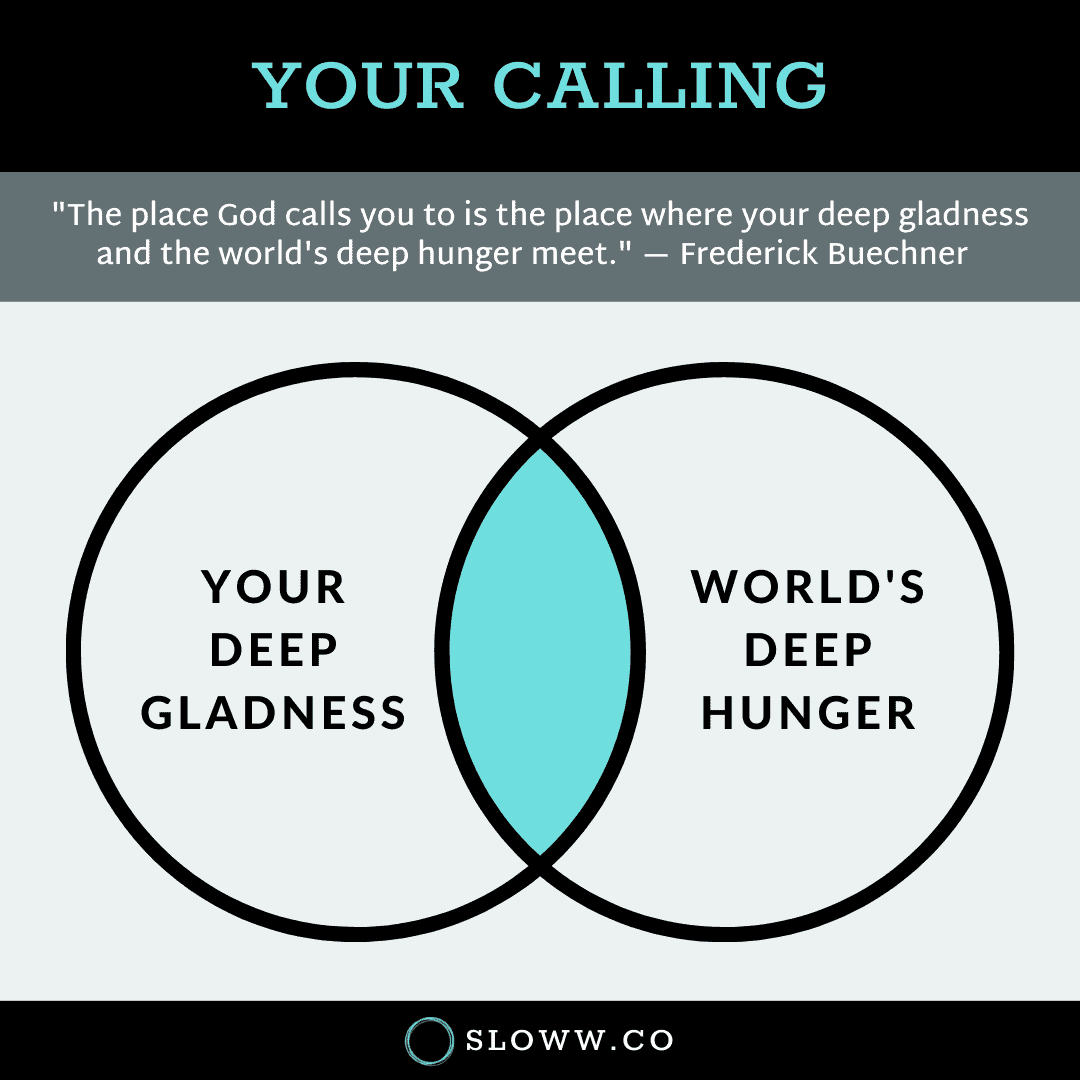

Explore more: 50+ posts on Life Purpose (Sloww Stage 2)
🧠 Mental Mastery
Are you a whirlpool?
Have you considered yourself as a whirlpool? This seems to be a popular analogy mentioned by some great minds like Alan Watts and Bernardo Kastrup. Here’s an example minimally paraphrased from Watts:
- You yourself actually are not so much an entity that moves around in an environment. You are much more like a whirlpool in a stream. The whirlpool is constant only in its doing, that is to say in its whirling. And, you could recognize individual whirligigs in a stream, but the water is flowing through them all the time. They are never the same for a second. And so it is also with us, it is exactly the same with you. You flow. You are a process. The whirlpool is something the stream is doing, and exactly the same way the whole universe is doing each one of us. Just as a whirlpool in a river is a whirling of streaming water—there is no thing that whirlpools—in the same way each one of us is a very delightfully complex undulation of the energy of the whole universe. A human body is like a whirlpool; there seems to be a constant form, called the whirlpool, but it functions for the very reason that no water stays in it. The very molecules and atoms of the water are also ‘whirlpools’—patterns of motion containing no constant and irreducible ‘stuff.’ Every person is the form taken by a stream—a marvelous torrent of milk, water, bread, beefsteak, fruit, vegetables, air, light, radiation—all of which are streams in their own turn.
🔒 Sloww Premium Deep Dive:
Explore more: 75+ posts on Mental Mastery (Sloww Stage 3)
☯️ Spiritual Seeing
Tolle’s Transformation
A decade ago, it took me at least 5 attempts to read Eckhart Tolle. It did not make sense at all. Now, a decade later, it’s all completely clear. I’m constantly reminding myself of this: most people are still where I started and assume Eckhart Tolle is woo new age stuff.
If you aren’t familiar with Tolle’s personal story:
Age 12-13: Parents divorced, and an unhappy Tolle refused to go to school. At 13, he moved from Germany to Spain to join his unconventional father who allowed him to not go to formal school and do what he liked. So, Tolle read what he wanted to read and studied literature and astronomy—also discovering books by a German mystic. He learned Spanish as a second language as he was immersed in the new culture and environment.
- “I grew up, especially in my teenage years, without the pressure that most youngsters experience.”
Age 19: He went to live in England and taught German and Spanish at a language school. He experienced the beginnings of periodic depression and increasing generalized anxiety. In his quest for answers, he looked to philosophy and read a lot. He took evening classes to get into the University of London with a focus on languages and literature. But, he became increasingly unhappy and continued to search and absorb more knowledge. One of his favorite professors that he admired committed suicide, and that shook him inside—he realized that the people that he looked to for answers didn’t have them either. His depression intensified, and although he did well in school, he was driven by fear and anxiety.
- “I was looking for some answer to the dilemma of life and living.”
Age 29: He graduated and didn’t do anything for a year other than become even more unhappy and depressed. Then came the transformational night:
- “It was in my 29th year that I woke up in the middle of the night. This was not uncommon for me—waking up in the middle of the night and feeling intensely depressed and in a state of great fear at the same time. That happened again that night, and the thought occurred to me, ‘I can’t live with myself any longer’. That thought repeated itself in my mind, ‘I can’t live with myself’. And then suddenly, I looked at the thought. I kind of stood back from that thought and looked at it and said, ‘That’s a strange thought, ‘I’ cannot live with ‘myself’. Am I one or am I two?’ This thought seems to show that there’s two people here: ‘I’ and the ‘self’ that I cannot live with … Who am ‘I’, and who is ‘myself’ that I cannot live with? That question triggered an inner shift … Something inside me must have disidentified from the self … A kind of an inner disidentification happened: the ‘I am’ (consciousness) separated itself from the conditioned entity (my sense of identity, the self, that consisted largely of an unhappy story).”
Twenty years later (yes, at age 49), Tolle published The Power of Now (Book Summary)—followed by A New Earth (Book Summary) about a decade after that at age 57.
🔒 Sloww Premium Deep Dive:
Explore more: 75+ posts on Spiritual Seeing (Sloww Stage 4)
💬 Wise Words
I love when people ask me about my “spiritual practices”—seemingly expecting a laundry list of to-dos. They are almost always surprised to hear I don’t really have any spiritual practices. Life is my practice. The living. All of it. For me, spirituality and life have always been one and the same. Tenzin Palmo (Top Quotes) gets it:
- “It’s very important to recognize that your lives are not an obstacle to your practice—they are the practice.” — Tenzin Palmo
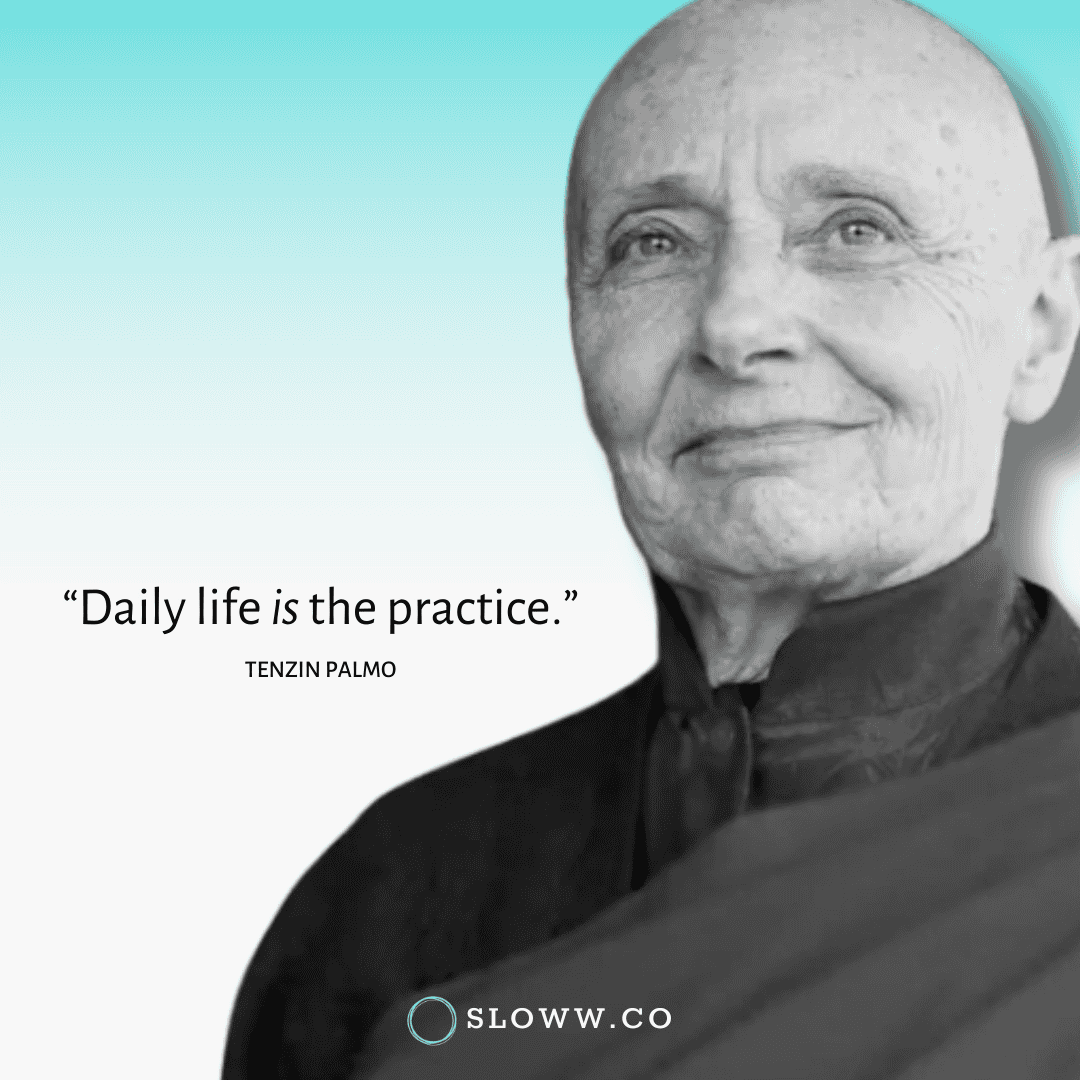

Share: Sloww Sunday currently sends to 10,000+ students of life each week. If you enjoyed this issue, please help grow Sloww by forwarding this newsletter to some friends and family. It’s free for them to subscribe here.
Support: Sloww is a one-human labor of love (it’s just me over here 👋). Your support keeps the site ad-free and invests in me while you invest in yourself—a true win-win! There are free and financial ways to support.
Speak: Have something you want to say, or just want to say hi? It’s always greatly appreciated. Just leave a comment or reach out socially.
All the best,
Kyle Kowalski
Founder, Sloww
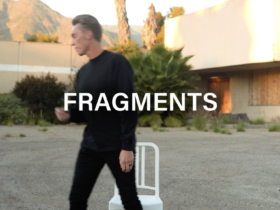






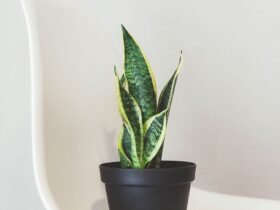






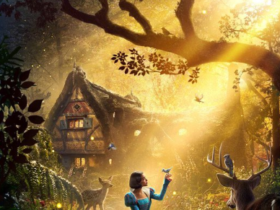
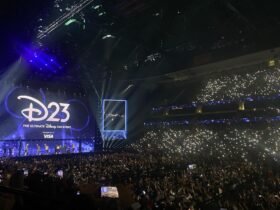

Leave a Reply